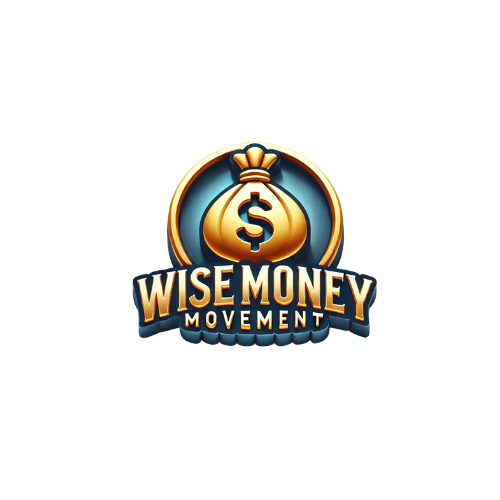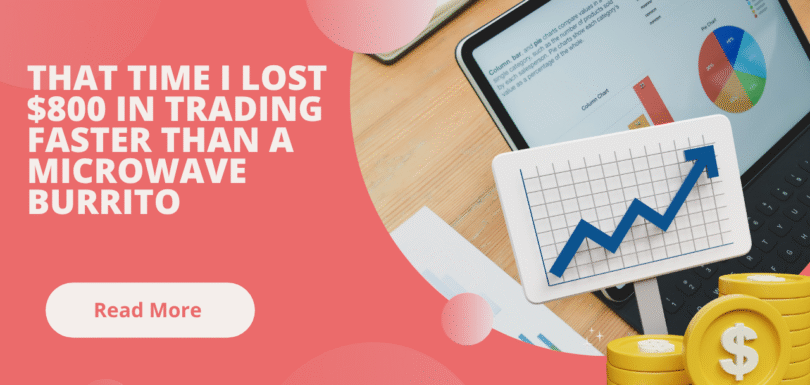Starting with Canva: Discover the Ultimate Guide to Easily Make $300 Daily
Let’s be real for a second. We’ve all seen those ads: *”I made $300/day with Canva while sipping coffee in my pajamas!“* Cue the perfect screenshot of someone’s PayPal balance. It looks easy. Too easy. And if you’re like me, your first thought was probably: “Okay…what’s the catch?” Here’s what nobody tells you in those […]



